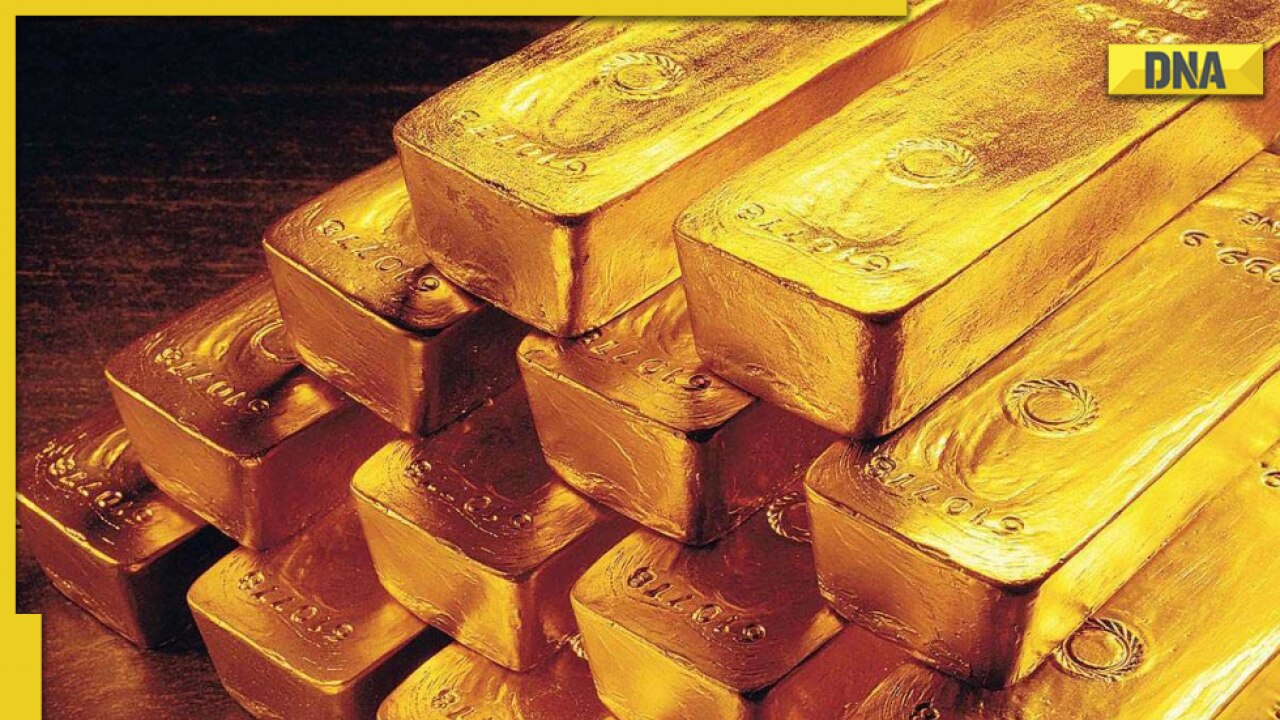
Several causes with worldwide repercussions affect the gold rate. Delhi is one of the largest consumers of gold in the country. India's demand for gold had risen to pre-pandemic levels and reached 191.7 tonnes in the third quarter of FY 2022–23, an increase of 14% annually, primarily due to high consumer interest. This reflects better-than-expected performance and strong consumer interest, helping year-to-date demand return to pre-COVID levels.
In value terms, the demand for gold increased by 19% to Rs 85,010 crore during the third quarter of 2022 compared to Rs 71,630 crore during the same period of 2021, according to a World Gold Council (WGC) report.
The gold rate currently is 5,345 in Delhi, Rs 5,350 in Bangalore, 5,328 in Mumbai, Rs 5,325 in Chennai, and in Kolkata 5,345 all for 22K per gram.
(Also Read: Budget 2023: Possible income tax benefits to expect for working class)
The government has launched several programmes for investors who seek to make returns through gold in order to deter gold imports and reduce the trade imbalance.
Sovereign Gold Bond
SGB Scheme was introduced in 2015 under Gold Monetisation Scheme. These are government securities which are valued in grams of gold. They serve as alternatives to holding physical gold.
The issuance price for investors must be paid in cash, and the bonds must be redeemed in cash when they reach maturity. The SGB is a better option than keeping gold in physical form. Storage-related dangers and expenses are removed. There are also digital and Demat versions of gold bonds. They may also be used as loan collateral.
Indian Gold Coin
Indian Gold Coin is a scheme launched by the Government of India. It is the first national gold coin which will have the image of Ashok Chakra on one side and Mahatma Gandhi’s face on the other. The coins are offered in 5, 10, and 20-gramme weights.
All Indian gold coins and bullion are 24 carats pure, and they are all hallmarked in accordance with BIS requirements. The MMTC controls the price of these coins (Metals and Minerals Trading Corporation of India). The coin is reportedly 2-3% less expensive than those produced by the majority of reputable corporate dealers.
(Also Read: LIC Jeevan Azad Plan 868: Invest Rs 25,000 and get approx Rs 5,00,000 at maturity)
Gold Monetisation Scheme
The Gold Deposit Scheme (GDS), which had been in place since 1999, was replaced by the Gold Monetization Scheme. In order to assure the mobilisation of the gold possessed by families and Indian institutions, this system was developed. It is anticipated that India's Gold Monetization Scheme will make gold a useful asset.
With the goal of assisting investors in earning interest on their gold that is sitting idle in bank lockers, the Gold Monetization Scheme (GMS) was established. This programme operates similarly to a gold savings account, where the gold you deposit will accrue interest based on its weight and the increase in the price of gold. Gold can be deposited by investors in any tangible form, including jewellery, bars, or coins.